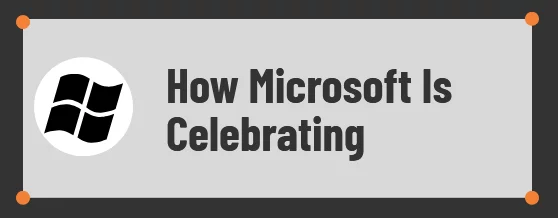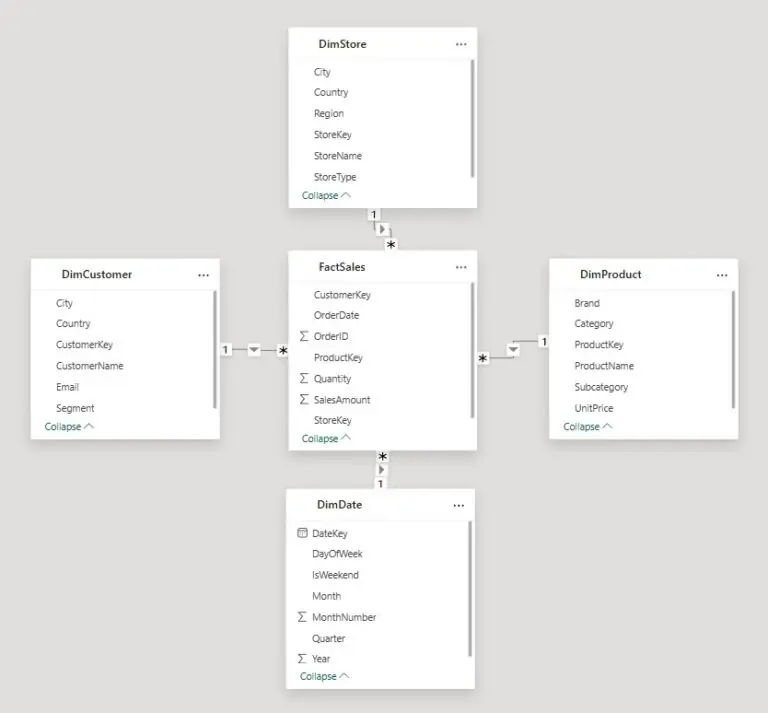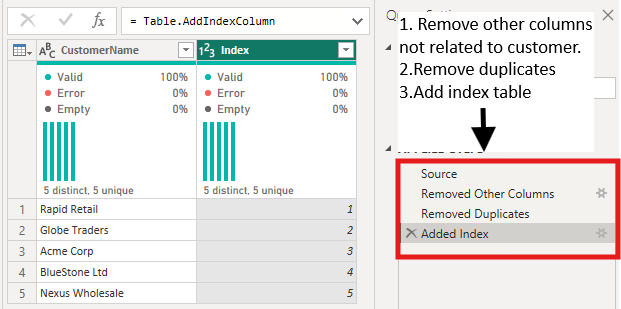
Power BI Turns 10: How It Changed Business Intelligence Forever
Contents
In July 2025, Power BI celebrates a decade of transforming how organizations work with data.
What started as a bold move by Microsoft to bring business intelligence to the masses has grown into a globally recognized platform used by millions of professionals every day.
Ten years in, Power BI has not only survived a fiercely competitive analytics landscape – it has shaped it.
From Beta to Business Staple: A Decade of Growth
Power BI’s roots trace back to 2009 with technologies like Power Pivot and Power View in Excel, aimed at making data more accessible for business users.
But it was July 24, 2015, when Power BI officially launched as a standalone product, marking a shift in Microsoft’s business intelligence strategy.
From the outset, Power BI stood apart by combining affordability, ease of use, and enterprise power. It allowed users without technical backgrounds to connect to data, visualize it, and build interactive dashboards with minimal friction.
Today, it is one of the most widely adopted BI platforms, embedded in the daily operations of companies around the world.
As a company that has been delivering high impact Power BI courses for years, we know it deserves to be so popular.
How Far Power BI Has Come
In the early days, most of the people we trained on Power BI were analysts or IT staff.
Fast-forward to today, and we’re teaching Power BI to people across every department – HR, finance, marketing, operations, even executive teams.
The platform has become dramatically more powerful, but also far more approachable.
Features like AI visuals, Copilot, and seamless Excel integration have made it easier for non-technical users to build serious reporting tools.
That’s the real success story of Power BI – not just how it’s evolved technically, but how widely it’s now used to drive smarter, faster decisions at every level of business.
Key Milestones That Defined Power BI
Over the past decade, several pivotal innovations have shaped Power BI’s trajectory:
- The Launch of Power BI Service: The introduction of the cloud-based Power BI Service enabled seamless report sharing and collaboration, expanding its use across organizations.
- DAX and the Data Modelling Revolution: DAX (Data Analysis Expressions) became a core skill for analysts, empowering them to perform sophisticated calculations and modelling.
- Integration with Microsoft Fabric and Azure: In recent years, tighter integration with Microsoft Fabric and Azure Synapse has pushed Power BI deeper into the enterprise ecosystem.
- AI and Natural Language Features: With features like Q&A visual and smart narratives, Power BI made AI-powered analytics accessible, even for non-technical users.
How Power BI Changed the Way Businesses Use Data
Power BI played a central role in democratizing data.
It took analytics out of the IT department and placed it into the hands of everyday business users.
Teams could make decisions faster, backed by real-time insights rather than historical reports compiled at month-end.
Organizations that once depended on static Excel charts now use Power BI to create live dashboards that track KPIs, forecast trends, and identify anomalies as they happen.
This shift has helped foster a stronger data culture, where decisions are driven by evidence rather than intuition.
How Microsoft is Celebrating 10 Years of Power BI
To mark the 10-year milestone, Microsoft has lined up a variety of community-focused initiatives and product enhancements:
- Data Visualization Contest: Microsoft is inviting users to showcase their creativity by building and submitting compelling Power BI dashboards. Winners will receive recognition and prizes, adding a competitive and creative dimension to the celebrations.
- Learning Opportunities: New training resources and curated learning paths are being offered to help both newcomers and experienced users deepen their Power BI skills. These include live webinars, video tutorials, and blog content developed specifically for the anniversary.
- New Power BI Desktop Startup Experience: A fresh startup interface has been rolled out in Power BI Desktop, aimed at making it even easier for new users to get started. It includes guided steps, intuitive navigation, and improved access to learning resources.
- Virtual Birthday Party: Microsoft will host a virtual event featuring keynotes from product leaders, retrospectives on Power BI’s journey, and previews of what’s coming next. It’s an opportunity for the global community to come together and celebrate.
These initiatives underscore Microsoft’s commitment to education, innovation, and community engagement as Power BI enters its second decade.
The Road Ahead: What the Next 10 Years Might Bring
While it’s hard to predict the future of any technology, a few trends seem clear for Power BI:
- AI Will Go Deeper: Expect more advanced generative AI tools embedded within Power BI, making it easier to generate insights automatically.
- Even Greater Integration: The Microsoft Fabric vision will continue to unify data engineering, data science, and BI under one roof.
- Self-Service Will Expand: Power BI will continue to lower the barriers for non-technical users, empowering more people to create with data.
- Governance and Ethics Will Rise: With increased data usage comes a heightened focus on data governance, lineage, and ethical AI.
- Facebook: https://www.facebook.com/profile.php?id=100066814899655
- X (Twitter): https://twitter.com/AcuityTraining
- LinkedIn: https://www.linkedin.com/company/acuity-training/





